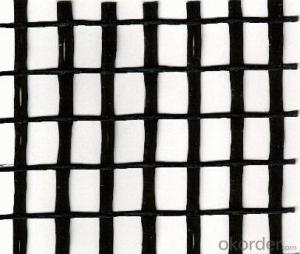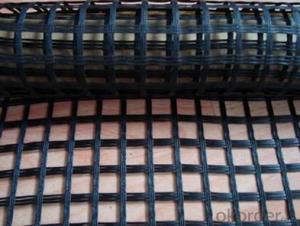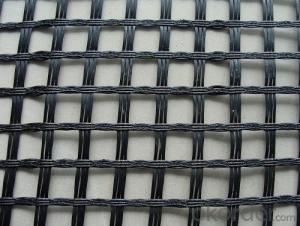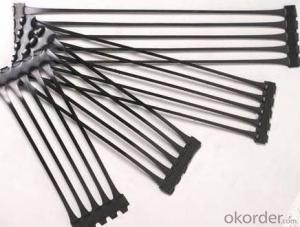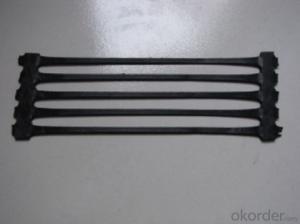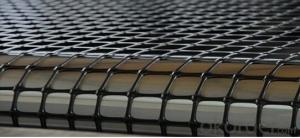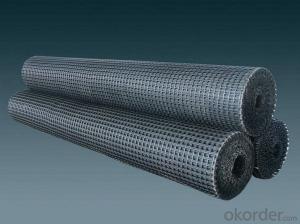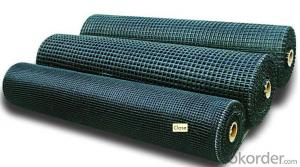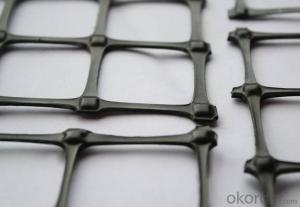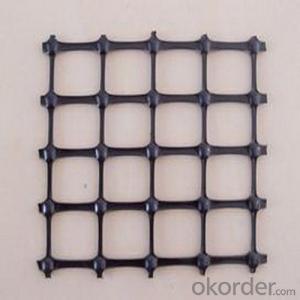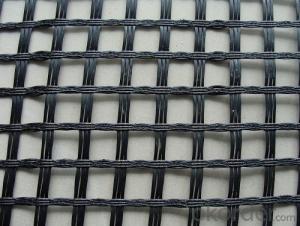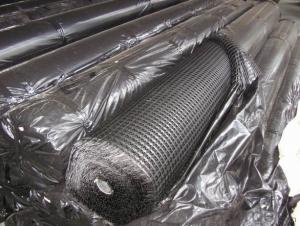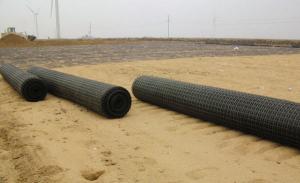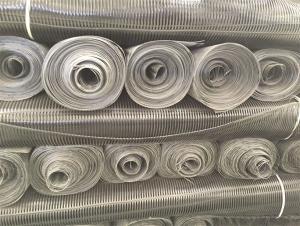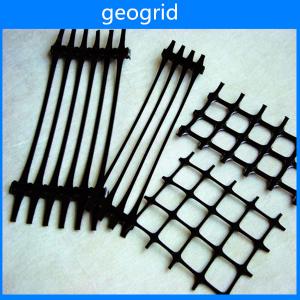Geogrid Calculator
Geogrid Calculator Related Searches
Fridge With Freezer On Bottom Driveway Pillars With Lights Blu Ray Player With Recorder Blu Ray Player With Internet Geogrid In Retaining Walls 1708 Biaxial Fiberglass Tape Pullout Resistance Of Geogrid Geogrid Warp Knitting Machine Srw 3 Series Geogrid Biaxial Plastic GeogridHot Searches
Fiberglass Scaffolding For Sale Fiberglass Panels For Sale Fiberglass Greenhouses For Sale Geogrid Fabric For Sale Gas Powered Core Aerator For Sale Revolution 4 Propeller For Sale Alabaster Carving Stone For Sale Geogrid For Sale Near Me Tensar Geogrid For Sale Geogrid For Sale Ex Display Log Cabins For Sale Photoelectric Cells For Sale Athletic Lockers For Sale Cubicle Partitions For Sale Stearman Propeller For Sale Palram Greenhouses For Sale Gumbo Bowls For Sale Suzuki Propellers For Sale Freight Crates For Sale Outhouse Sheds For SaleGeogrid Calculator Supplier & Manufacturer from China
Okorder.com is a professional Geogrid Calculator supplier & manufacturer, offers integrated one-stop services including real-time quoting and online cargo tracking. We are funded by CNBM Group, a Fortune 500 enterprise and the largest Geogrid Calculator firm in China.Hot Products
FAQ
- Yes, geogrids are suitable for reinforcing railway ballasts. Geogrids provide effective soil reinforcement and stabilization, enhancing the load-bearing capacity and overall performance of railway ballasts. They help distribute loads more evenly, reduce settlement and deformation, and improve the long-term stability of the ballast layer. Geogrids also help prevent lateral spreading of the ballast material, maintaining track alignment and reducing maintenance requirements. Overall, geogrids are a reliable and effective solution for reinforcing railway ballasts.
- Geogrids improve the performance of geocell-reinforced slopes for erosion control by providing additional strength and stability. They help distribute the load evenly across the slope, preventing soil movement and reducing erosion. Additionally, geogrids increase the frictional resistance between soil layers, enhancing the overall slope stability and preventing soil slippage.
- How to determine the number of geogrid detection method
- 2) according to the design of the location, along the road to the laying of the grid, laying the grille, should pay attention to the connection between the grid and straightening smooth. Grille of the longitudinal and transverse joints can use nylon or polyester rope sewn or U nail connection method between the grid as a whole, grid overlapping width not less than 20cm, in the direction of the stress intensity of the joint shall not be less than the design tensile strength of materials. The grid distortion, fold, overlap, is not conducive to play its role, thus laying by hands straightened, the grid is smooth and uniform, geogrid every 1.5-2.0m paved with hook nail fixed on the ground.3) fill: after the completion of the grille, should be timely (48 hours) filling. Each layer should be carried out according to the principle of "the first two sides, the middle of the back". The packing is not allowed to be unloaded directly on the geogrid. It must be unloaded on the soil surface which has been paved. The soil unloading height is not more than 1m. All vehicles and construction machinery shall not be allowed to walk directly on the paved geogrid, but only to be allowed to travel along the axis of the embankment.4) the upper and lower sides of the geogrid, and 8 cm from the grid layer shall not be more than 6 cm in diameter.
- What is the number of tensile elements of Geotextiles
- The tensile unit number of geotextiles: the strength of the geotextile under the action of a certain width of 1 meters. KN/m
- Geogrids are commonly manufactured using materials such as polyester, polypropylene, fiberglass, and steel.
- How many square meters of steel plastic geogrid inspection
- The materials of the steel and plastic geogrid need to pass the factory certificate and the inspection report of the manufacturer, and the inspection batch shall be tested by 10 thousand square meters for the base number of 1 times.
- Geogrids offer several environmental benefits, including improved soil stability and erosion control. By reinforcing soil structures, geogrids help prevent soil erosion and the loss of valuable topsoil, which is crucial for maintaining healthy ecosystems. Additionally, geogrids can be used in slope stabilization, reducing the risk of landslides and protecting nearby habitats. The use of geogrids also promotes sustainable construction practices by minimizing the need for excessive excavation and the use of additional materials, thus reducing the overall environmental impact of infrastructure projects.
- Geogrids and geocells are both materials used for soil reinforcement and stabilization, but they have distinct differences. Geogrids are typically made of high-strength synthetic materials such as polyester or polypropylene, and they are formed into a grid-like structure. They provide tensile strength to soil, preventing lateral movement and improving load distribution. On the other hand, geocells are three-dimensional cellular structures made from materials like high-density polyethylene. They create a honeycomb-like network that confines soil particles, preventing erosion and promoting load-bearing capacity. While geogrids are commonly used for soil stabilization in applications like road construction, geocells are often employed for erosion control and slope stabilization.
















